Closest Pair Of Supermassive Black Holes Ever Recorded Are Tearing Each Other Apart
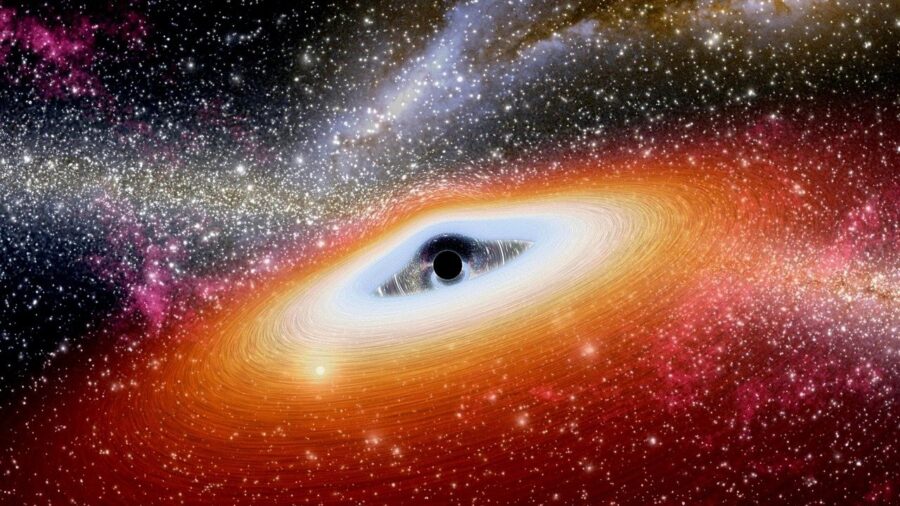
Two supermassive black holes in this part of the universe are being pulled together in what will be one heck of a merger. The phenomenon is being observed by NASA’s Hubble Telescope and the Chandra X-ray Observatory, who pinpointed the two stellar objects at only 300 light years away from each other. They appear to be on a course set for an eventual collision, making it an event that will merge our own Milky Way galaxy with the Andromeda galaxy.
Collisions Are Rare
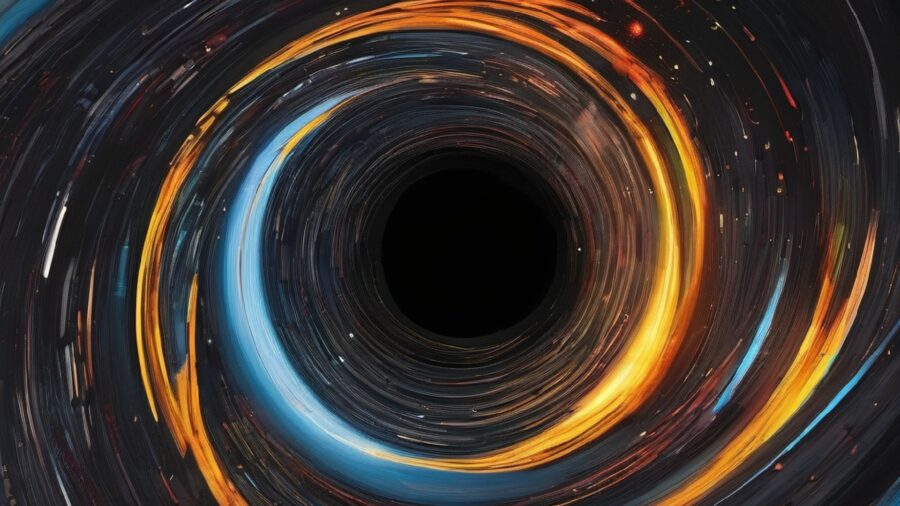
Stars are set so far apart that the notion of two of these objects ever colliding together is a statistical improbability. The given ratio of any particular star’s diameter and the distance between it and the closest star is 1 to 10 million. But while stars will not collide together, supermassive black holes are capable of doing just that.
A Galactic Merger
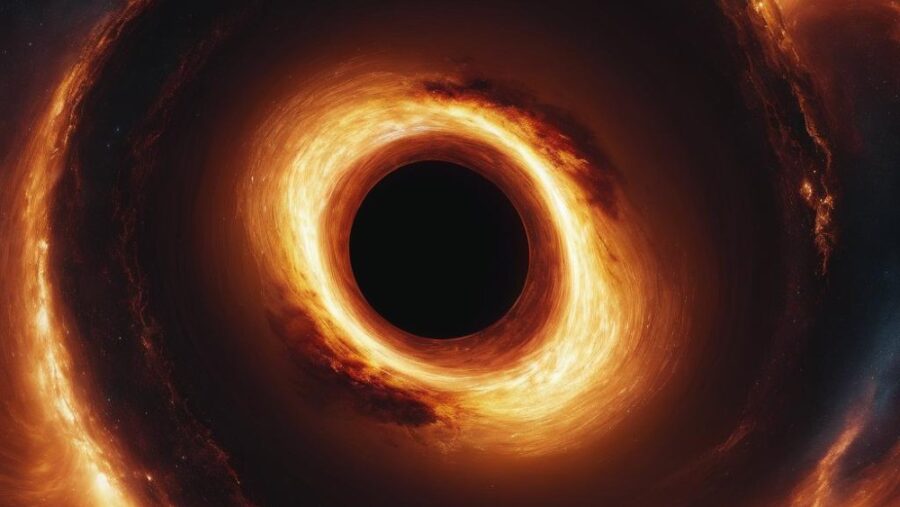
Galaxies have been shown to bump into one another in a violent space merger that causes all of the black holes in both galaxies to combine into one supermassive blackhole that takes up residence in the center of their respective hosts. As most galaxies contain a supermassive black hole, it’s only a matter of time before two of these grand objects will be forced together as the galaxies that contain them collide.
Millions Of Years To Impact
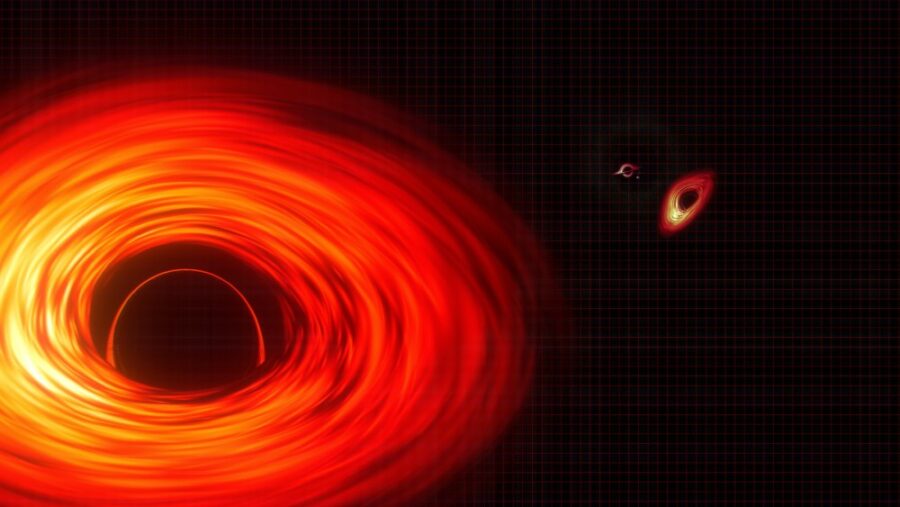
The events are being observed by scientists working with the Hubble Telescope, who noted recently that the closest of the supermassive black holes are an estimated 800 million light years away from the Earth. The two bodies have been observed circling each other, but it will be millions of years (a mere blink of the eye to the universe) before the event takes place.
Cosmically Close To Earth

Anna Trindade Falcao, who served as the lead author on a recently published paper about the supermassive black hole collision, revealed that the discovery was entirely by accident. “We were not expecting to see something like this,” the fellow at the Center for Astrophysics stated.” She went on to reiterate that this occurrence is not a normal one, and she and her team had no indication that something like this would be preparing to happen this close to Earth.
Getting The Focus Of Scientists

The Hubble Space Telescope and the Chandra X-Ray Observatory are not the only two entities exploring the supermassive black holes. The National Science Foundation’s Laser Interferometer Gravitational-Wave Observatory (LIGO) has been picking up the aftermath that results in collisions between supermassive black holes. A new gravitational wave detector called the Laser Interferometer Space Antenna will be put on a mission to detect longer wavelengths from collisions that LIGO is incapable of detecting.
The Life Cycle Of The Universe
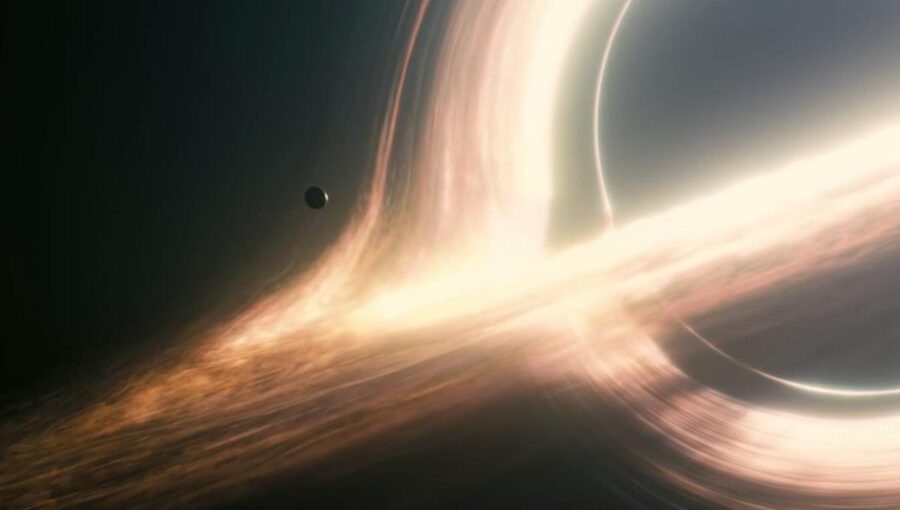
The supermassive black holes are only a small part of the wonders of the universe that the Hubble Space Telescope has brought to the human eye. For more than thirty years, scientists have been using the equipment to dig into the furthest reaches of the universe in an attempt to give humans an understanding of how space was created and grows, how stars and other planetary bodies are formed and die, and other discoveries that help to evolve our knowledge of what else is out there.
Sources: Hubblesite












